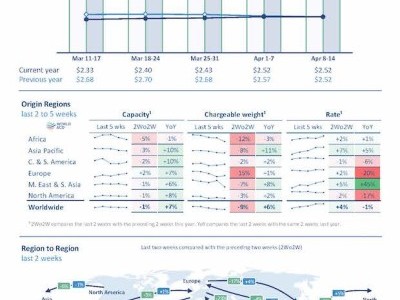Boeing turns to workers, data to bolster safety after Max crisis
Boeing Co. is taking steps to bolster safety and address criticism that it lacked a robust, in-house oversight program in the wake of two fatal 737 Max accidents.
Even so, there’s still much to be done some three years after the twin tragedies, which killed 346 people and sparked a global grounding of the Max aircraft, plunging Boeing into crisis, the US planemaker’s Chief Aerospace Safety Officer Michael Delaney said.
“The reality is we are where we are,” Delaney told reporters at a briefing north of Seattle on Monday in the US. “We have to build forward. We have to extend our hand,” he said, providing the first detailed overview of the measures Boeing is putting into place to address the miscues and lapses that contributed to the two tragedies in 2018 and 2019.
Boeing’s reputation for quality and safety was badly damaged as a result of the incidents and it’s grappling with tougher regulatory scrutiny. The planemaker hasn’t delivered any 787 Dreamliners in almost a year as it addresses lapses in its factories, and some employees are still afraid to buck a traditionally top-down management system.
Delaney, who took over the newly created position last year, is trying to instill a more open and transparent culture where employees speak up without fear of retaliation. That’s one facet of a larger framework he’s putting in place, known as a safety management system, that uses data and other tools to address risks before they flare into broader issues.
His deputy, Al Madar, pointed to one counterintuitive sign the approach is starting to take root: Boeing saw a record number of safety reports filed by employees in March and April.
“That data tells me what we’re doing is working,” said Madar, who oversaw American Airlines Group Inc.’s operational safety program before joining Boeing. Now, the company is preparing to roll out an ombudsman program to handle complaints for employees who conduct reviews on the behalf of the Federal Aviation Administration.
Channels allowing employees to sound concerns without fear of retribution are one hallmark of safety management systems already in use at many airlines. The approach has been widely advocated by accident investigators such as the National Transportation Safety Board, aviation regulators and industry groups as a way of ensuring broader, voluntary adherence to practices designed to reduce risks in an organization.
Several investigations after the 737 Max crashes found the lack of such a framework at Boeing contributed to the miscommunication and other breakdowns that led to the plane’s flawed design. The FAA accepted Boeing’s safety management system in December 2020, and determined it was operating as intended in July.
Because government inspectors can’t possibly review every decision a company like Boeing might make, such systems are designed to create internal checks and balances that perform a similar function. The company is developing tools to comb through data for warning signs, from spikes in defective parts at suppliers to a rash of engine shutdowns by aircraft model. The findings are shared in weekly safety reviews with Boeing’s division leaders.
Similar Stories

Maersk boosts Weatherell to Global Chief of Air Freight Forwarding
View ArticleBoeing’s cascade of mishaps fails to deter Wall Street backers
For a company that has been in crisis mode for as long as Boeing Co., the planemaker has some startlingly upbeat support from Wall Street.
View ArticleGE Aerospace raises earnings goal on strong engine sales
General Electric Co. raised the full-year profit guidance for its aerospace business, driven by an increase in revenue from commercial aircraft engines and services.
View ArticleUPS profit tops estimates as efficiency push counters costs
United Parcel Service Inc. reported profit higher than analysts’ estimates as the courier’s headcount management and restructuring of its delivery routes began to bear fruit.
View Article
WorldACD Weekly Air Cargo Trends (week 15)
View ArticleJetBlue slides as Latin America woes weigh on sales outlook
JetBlue Airways Corp. said revenue this quarter will fall more than analysts expected as excess flying capacity holds down fares in Latin America, a major portion of the carrier’s international…
View ArticleGet the most up-to-date trending news!
SubscribeIndustry updates and weekly newsletter direct to your inbox!





